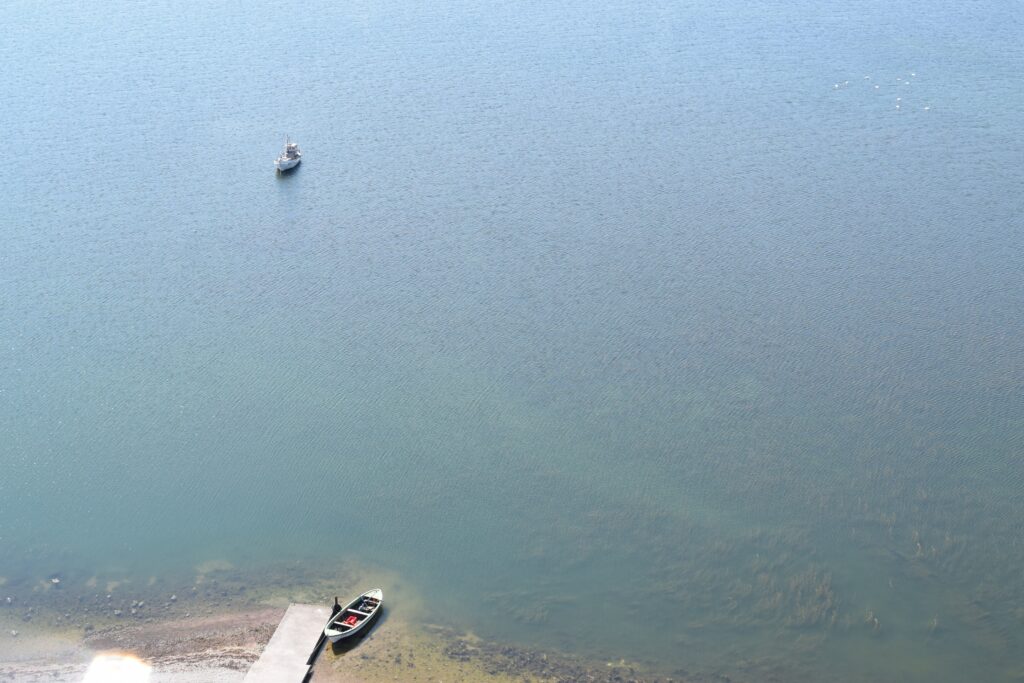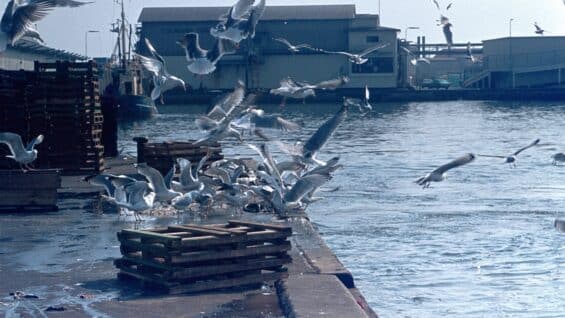BlueRev reviewed the blue bioeconomy related challenges in Saaremaa region
Saaremaa is one of the pilot regions studied in the BlueRev project. The island of Saaremaa is the largest of Estonian islands and the fourth largest in the Baltic Sea. The administrative region of Saaremaa Country includes also the smaller islands of Muhumaa and Ruhnu.
While it is one of the main tourism destinations in the region, it has been lagging behind other Estonian regions in terms on wage level, economic and population trends. Fishing and maritime activities have historically been an important source of livelihood in the region as well as strongly embedded to the local culture. One of the goals of policies has been increasing the long-term sustainability of blue bioeconomy related activities, including aligning the fishing capacity with sustainable use of available resources, improve the environmental condition of the Baltic Sea, increase the value added in the sector.
Estonian partner in the BlueRev project is Estonian University of Life Sciences that has been working with various blue and bioeconomy related projects in the region. Together with the sister project BlueBioCluster different local events have been organized in 2023 for local stakeholders. This has been supplemented by the interviews focusing on the blue bioeconomy challenges, innovations and collection of various economic, social and environmental data.
The region is facing various blue bioeconomy related challenges. The reliability of infrastructure and energy infrastructure in particular impacts the investment prospects and planning horizons. The latter is strongly interconnected with the concerns relating to obtaining permits for the development of aquaculture facilities. Estonian legislation and regulations are complicated and time-consuming for planning and operating facilities at the sea. As the governance of the blue bioeconomy field is fractured between several ministries, better communication and cooperation between the public sector institutions would help to facilitate the planning and administrative processes for blue bioeconomy related developments.
The blue bioeconomy field is capital and knowledge intensive and the valorization of blue resources for moving up in the value chain requires know how and new technologies that are not yet available in Estonia, thus the entry threshold to the field is high. While funding is available for small scale research projects, access to capital and scaling up from lab tests to pilot and to the large-scale test needs to be enhanced.
A significant development for the region is the opening of the local laboratory for the valorization of marine resources in Kuressaare College that is located at the island of Saaremaa. The regional college is a vital competence center for blue bioeconomy in the region bringing together various study programs, ship building and marine resource related know how and networks.
The Baltic Sea is facing considerable environmental challenges, including eutrophication for excessive nutrients. The innovations addressing the problems have to include technological, environmental management, social and economic aspects and combine small-scale smart solutions with large scale policy initiatives. Stakeholders in Saaremaa suggested exploration of nutrient removal solutions and assessment of footprints, more holistic approaches addressing the sources of nutrient pollution, more active engagement of scientists as experts into the policy making, better cooperation and work with local community to address their concerns related to various development projects, raising the consumer and local community’s awareness through training and educational programs, further development of local blue bioeconomy competence center in the Kuressaare College, exploration of combined used of various marine resources and bioenergy developments.
The work in the BlueRev project will continue with a more detailed review of social innovations, analysis of governance models, good practices, training programs for local stakeholders.





